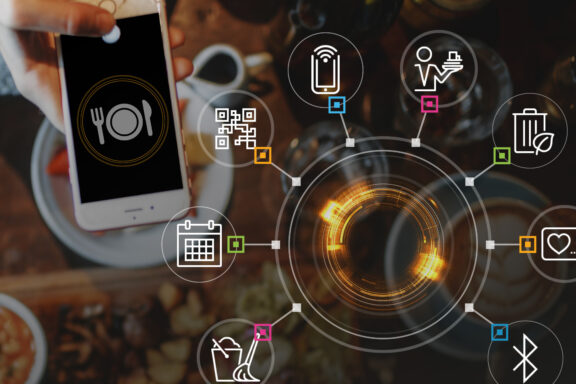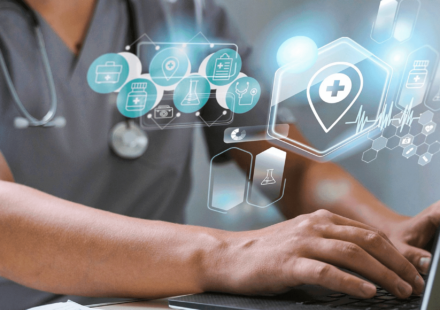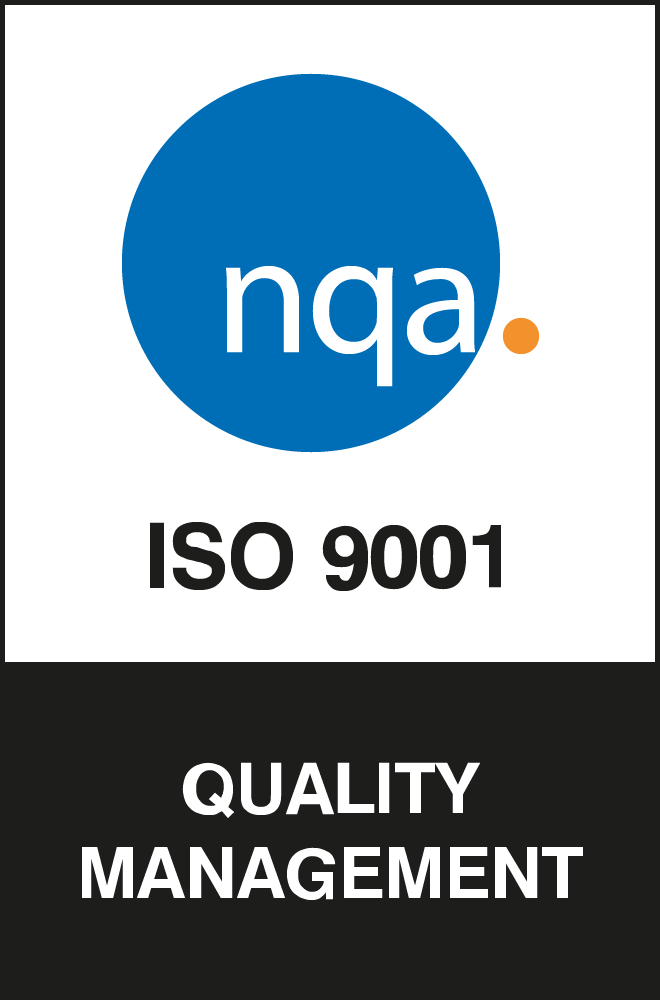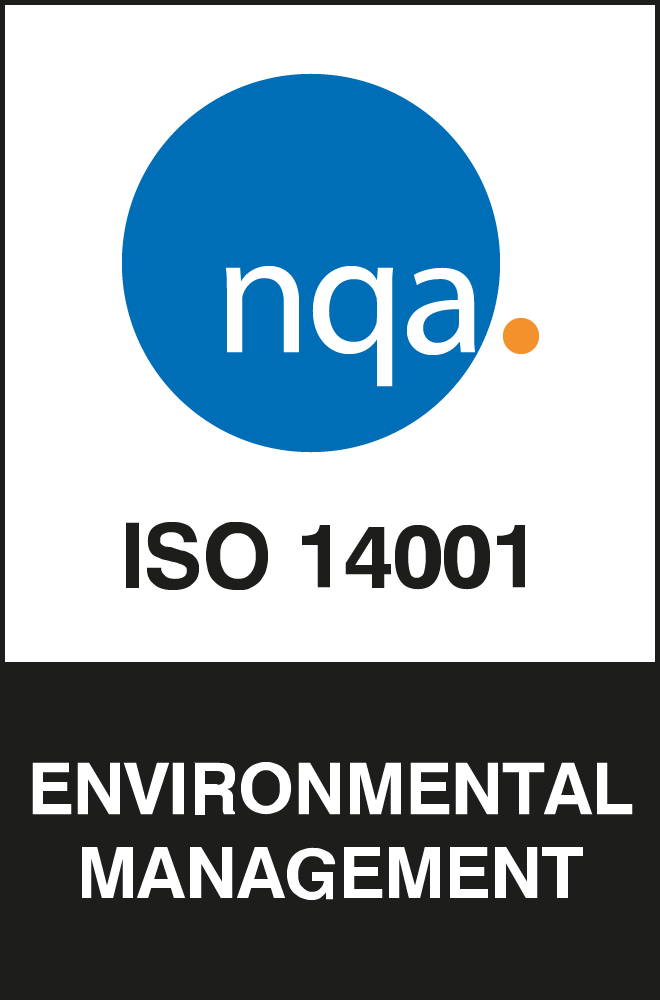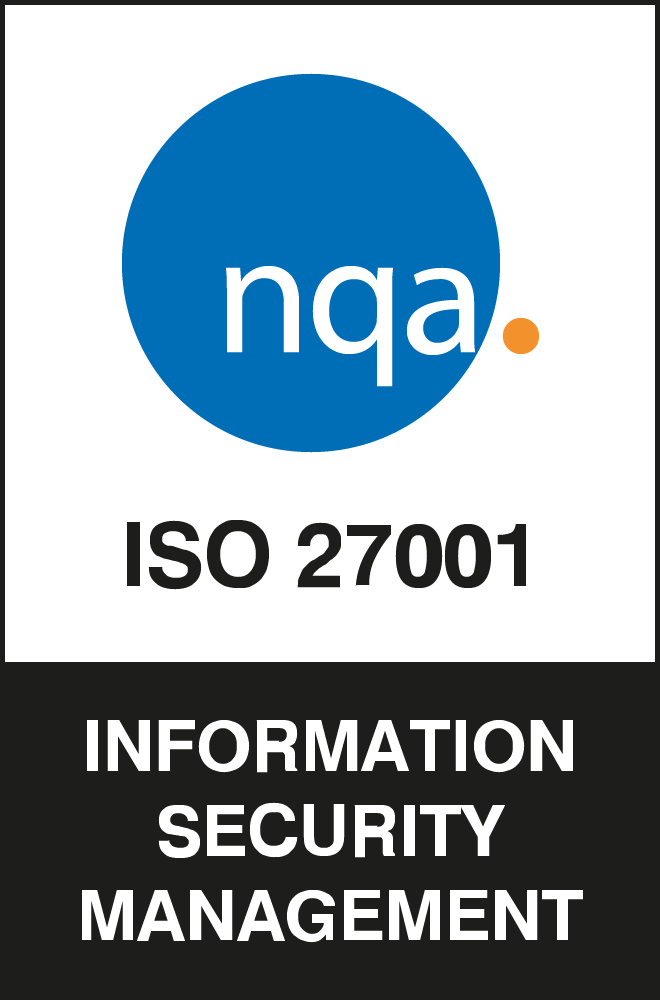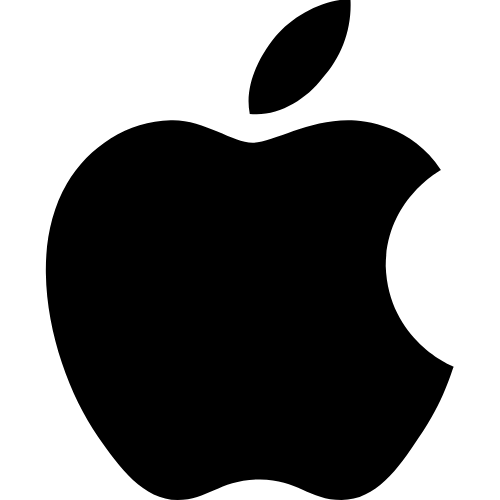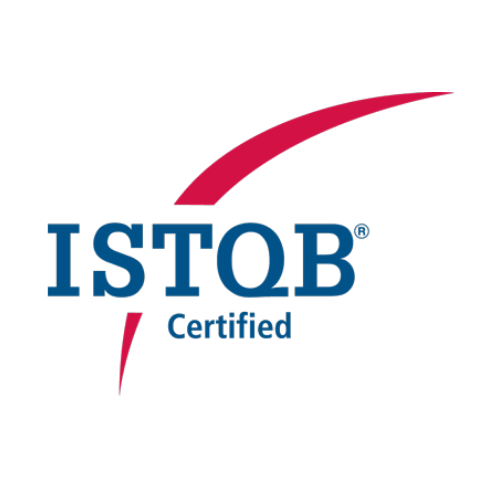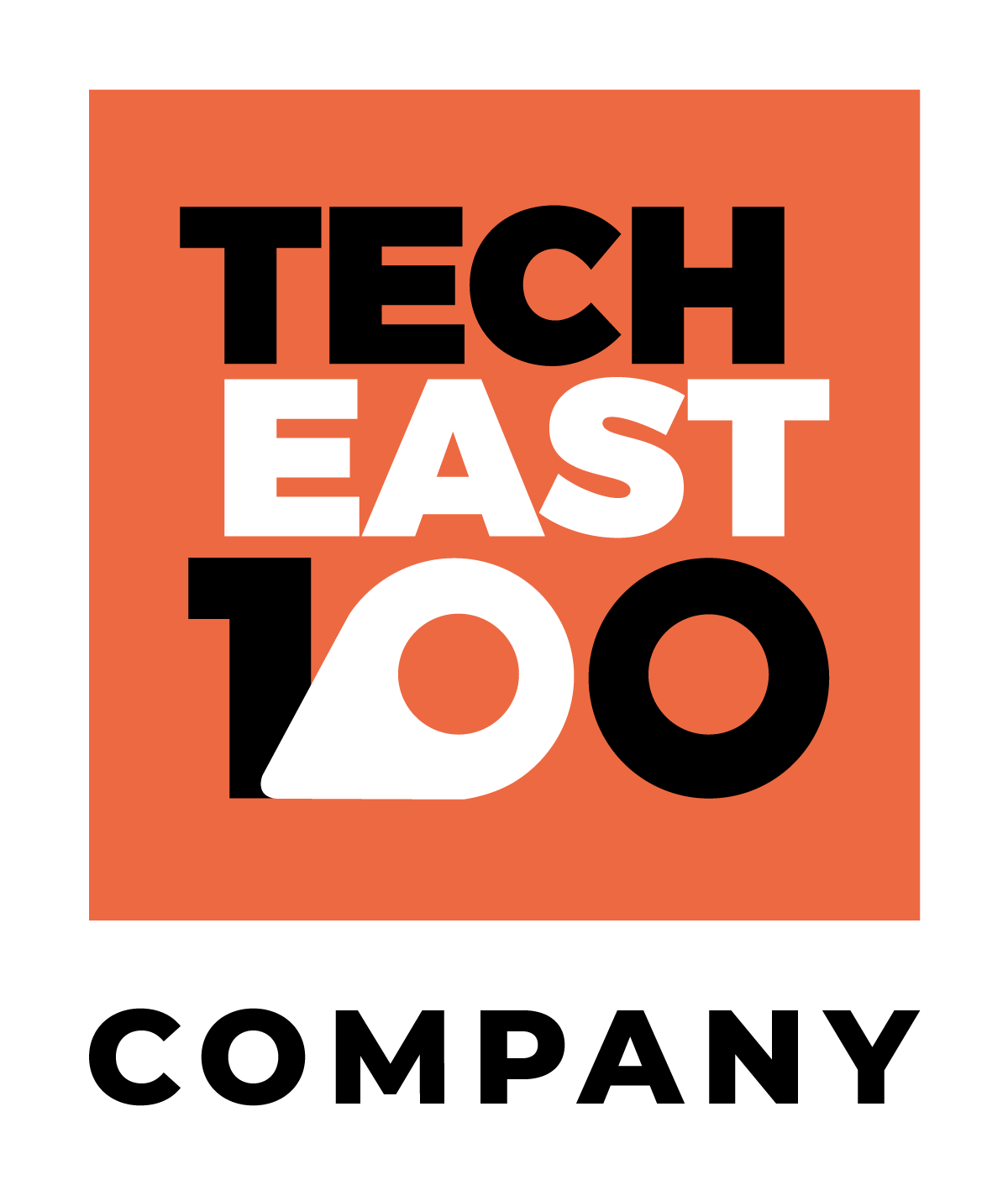This year saw the restaurant industry undergo major unexpected changes as a result of the Covid-19 pandemic. Seeking to mitigate the effects the pandemic has had on the restaurant sector, many business leaders are looking into innovative, auto restaurant technology for 2023.
In an industry as busy as this one, any new technology that can save time, while keeping the same high standards or improving them is always welcome, and these are the areas next year’s trends centre around.
Read on to see the key 2023 technology trends in the restaurant industry as well as learn:
- How technology is changing the restaurant industry
- How restaurants are using technology to better deliver customer service
- Restaurant technologies that will improve your restaurant and profitability
Restaurant Ordering Technology & Apps
Third-party food delivery apps such as Uber Eats, Deliveroo and Just Eat have become even more widely used while restaurants were closed, as many restaurants were not at the time able to offer their own in-house delivery services.
Next year, we can expect to see local restaurants and larger chains alike investing in developing the technology to complete this process in-house instead of relying on third-party providers to complete it for them. Further than this, there’s potential for these apps to be developed with the capability to communicate with stock management software, which would give food service businesses greater visibility and control over the stock levels.
Bringing this service in-house will save business leaders money and make the whole process more efficient.
Contactless Ordering & Restaurant Payment Technology
Ordering food and paying a bill via mobile phones is already becoming popular for a lot of restaurants, as the world moves closer and closer to becoming cashless. Those who don’t have plans to offer this option might find themselves left behind in the coming year.
Contactless ordering and payments require very little physical contact between staff and guests, making it the most hygienic way to do things in comparison to using physical menus and handling cash, which carries harmful bacteria. On top of this, it’s much easier and quicker to clean a single device than a stack of menus.
Contactless ordering and digital payments is more efficient from a cash flow point of view as well.
Online Table Bookings
Gone are the days where customers could arrive at a restaurant without booking and be seated within minutes. Operating in the midst of a pandemic has meant restaurants must now collect more data about their customers and demonstrate greater control over the visits customers make.
A lot of restaurants are beginning to require customers to book a table ahead of time for two main reasons. First, this is a much more convenient approach for both customers and staff as an automated system can space out arrival times and keep track of restaurant capacity. Second, restaurants are able to handle waitlists without staff members having to take time out of their shift to monitor the phone lines.
Automated Kitchen Operations
Pre-pandemic, busy kitchens with lots of chefs working in close proximity to each other were not uncommon, but with social distancing now being essential for keeping healthy, restaurants are challenged with the task of maintaining output while ensuring staff working conditions are safe.
POS systems can communicate with kitchen display systems to display orders automatically, which removes the need for the front of house staff to enter kitchens to deliver orders so better social distancing is possible.
On a more advanced level, food cooked by machines or robots has all-round benefits as they are more consistent than human chefs and minimise waste, the likelihood of errors and the amount of staff needed in the kitchen.
Technology that Reduces Food Waste
Automating your inventory management processes will reduce the amount of time restaurant owners and managers spend on this tedious task and minimise waste, leading to financial savings and improved profits. On top of this, the chances of costly mistakes or accidental inaccuracies are almost zero if implemented correctly and fed the right data.
You can even set up tools that alert you when stock of a particular product is running low and take delivery times into account to prompt you to order what’s needed so that the kitchen doesn’t run out. Or better still, authorise the system to place an automated order when inventory falls below a quantity specified by you.
Technology that Simplifies Complex Loyalty Programs
Loyalty management programs that allow customers to check when they are next eligible to receive a reward with as little fuss as possible are truly the way forward. Customers are much more likely to spend more when they know it’s going to result in some kind of reward or benefit for them, so having this information easily accessible and on-hand whenever they need it will only benefit your business further. Examples of this include mobile apps that allow users to check their reward status and redeem points easily when placing orders such as the Nando’s app or Subway’s app.
Smartphone Bill Splitting and Payment Apps
This trend is only going to become more popular as we navigate an increasingly cashless world and continue operating with fewer team members on shift at once. Taking payments from a table of six – who all want to pay separately is a time-consuming process for both the front of house staff and customers. So, mobile apps that allow customers to view, split and pay their bills all from their smartphones will increase productivity massively.
Enhanced Hygiene Practices
Good hygiene and sanitisation have always been crucial in this sector, but with much of the public still feeling wary about eating in restaurants after lockdown, we can expect to see greater investment in technology that improves and monitors hygiene and sanitation.
One example of this is the implementation of UV light fixtures to purify the surfaces and air in a restaurant while it’s closed at night. Tech like this not only ensures restaurants and food outlets are as clean as they possibly can be but also sets customer minds at ease that all the necessary steps are being taken to ensure their safety.
QR Code Technology
QR code technology has been around for a while and isn’t going anywhere anytime soon. QR codes are an essential part of contact tracing efforts in the U.K. and globally, as they allow restaurant and food outlet visitors to check-in quickly while easily supporting tracking and tracing procedures.
Further than this, QR codes can be displayed around restaurants on posters, which link customers to online menus via their smartphones in place of physical menus which, as we mentioned earlier, are beginning to be phased out in many cases. In 2023, we can expect to see many restaurants continuing to adopt this technology to improve the standard of their customer experience.
Bluetooth and Wireless Sensors
Temperature measurement and equipment monitoring via Bluetooth and wireless sensors is a trend expected to develop more throughout 2023. Sensors can help ensure the highest standards of food safety at all times by providing real-time alerts to food service teams in the event of a rapid temperature change or equipment failure such as a refrigerator malfunction.
Do you have a restaurant app or good industry app that you would like us to develop?
At Coderus we have extensive and proven experience with developing apps for a wide range of industries and platforms, so if you think you have the concept required for a successful app, why not get in touch with our award-winning development team to make your idea into reality.
